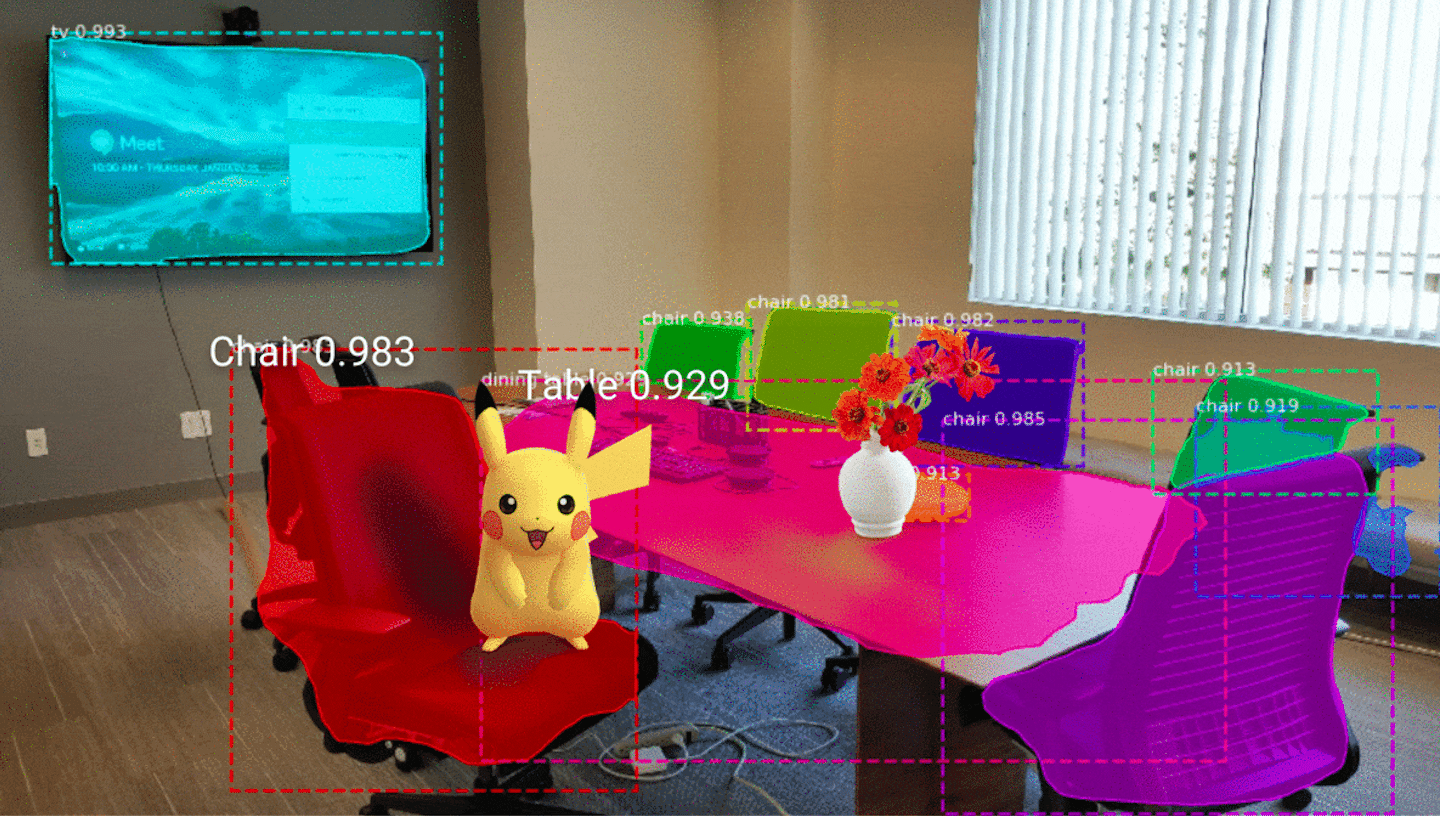
A question has bounced around AR circles for a few years, sometimes contentiously: Is Pokemon Go (PGO) really AR? It’s certainly cited as such (including us) when pointing to best practices and revenue models.
Our take has always been that it doesn’t matter… PGO’s AR adjacency has done the technology a favor by acclimating the world as a “gateway drug.” Though there are technical arguments for its non-AR status (S.L.A.M., scene awareness, etc.), is there a larger point to be made?
“I think one of the craziest debates of the past year was whether Pokémon Go was augmented reality or not,” Intel’s Chris Croteau said from the stage at the AR in Action conference in 2017. “The [750 million] people that downloaded that app…none of them care.”
A similar theme emerged more recently in a discussion we had with Happy Giant CEO Mike Levine at GDC. He compares Pokemon Go to Elvis: He didn’t embody the Rock & Roll we’d come to know, but he warmed audiences up to an early version of it, thus paving the way.

Devil’s Advocate
Drilling down to more technical levels, what are the arguments against Pokemon Go’s AR designation? The first one is referenced above: with graphical overlays that were more floating stickers than AR, it’s missing key AR attributes like scene awareness and object occlusion.
That part of the argument made sense for a while but is less relevant with the newer AR+ mode. With developments to Niantic’s Real World Platform, as well as recent IP acquisitions like Matrix Mill and Escher Reality, it’s also building better capabilities for image persistence and occlusion.
But the real non-AR argument lies in another variable that isn’t discussed as often: most people turn off AR mode when playing PGO. That’s mostly because it can make gameplay harder and can kill your smartphone battery, which isn’t aligned with the game’s migratory play.

Niantic is first to admit this. CTO Phil Keslin said at TC Disrupt that most people play PGO with AR mode turned off. They rather use AR to occasionally pose with and share photos of captured Pokemon in the real world. CEO John Hanke likewise said at GDC that AR mode is limiting.
“AR in and of itself is not a magic bullet for a hit game. There are some real drawbacks to it,” he said on stage, adding that ideal interaction time for AR mode is two-to-three minutes. In fact, he admits that the majority of the gameplay should and does take place outside of AR.
To optimize where AR works and doesn’t work within the gameplay, Niantic recently formalized the feature Keslin referenced, to let players pose with their Pokemon in real-world scenes. This could boost AR’s mindshare within the game, and spread it outside the game through virality.

Loosely-Defined AR
But returning to the less technical analysis of whether Pokemon Go is or isn’t AR, it can be argued that it “augments” physical world realities in a broader sense. In other words, gameplay is dynamically altered based on where you are — a sort of geographic augmentation.
“Around parks, there are more grass Pokemon,” said Niantic’s AR product lead Ross Finman in a recent interview with Infinite Retina. “We’re near water here in the [San Francisco] Ferry Building, and there are more water Pokemon. So it already changes based on location.”
Niantic is working on ways to make this more contextually nuanced. The location-based dynamics currently happen on a city block-by-block basis, but Finman projects forward to the goal of having situationally-relevant game interactions on more granular levels. This includes things like terrain.
“What happens when you get even more specific and fine-tuned to the area?” he posed. “There could be experiences on sidewalks versus grass, versus a flower bed, versus a small pond. As you get more fine-grained, the complexity increases… AI can help us get to the next level.”
Broadening “Augmentation”
The above looks past the pixel-level — where Pokemon Go technically isn’t AR — to an experiential level where it is. Instead of “overlaying” digital elements on the physical world, physical world variables like geography augment gameplay. Digital and physical are melded.
This goes back to our ongoing construct of broadening the definition of “augmentation” beyond the common view of AR’s graphical connotations. That includes Audio AR as a modality to augment daily physical-world interactions. We often joke that the original form of AR was radio.
If augmentation includes several sensory inputs — visual, audible, haptic, etc. — it also broadens the opportunity to more use cases (and more business cases). Sound can also be subtler and easier to absorb. Multi-sensory AR is where Apple’s wearable ambitions and revenue are pointing.
Meanwhile, is PGO AR? It depends if your definition lies with technical/graphical-AR, or on broader and more experiential levels. There are decent arguments on both sides. But ultimately, history will remember PGOs impact on spatial computing… and categorizations won’t matter.
For deeper XR data and intelligence, join ARtillery PRO and subscribe to the free AR Insider Weekly newsletter.
Disclosure: AR Insider has no financial stake in the companies mentioned in this post, nor received payment for its production. Disclosure and ethics policy can be seen here.
Header image credit: Niantic
